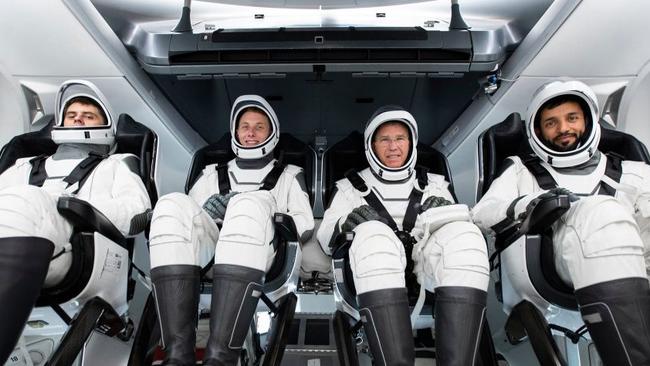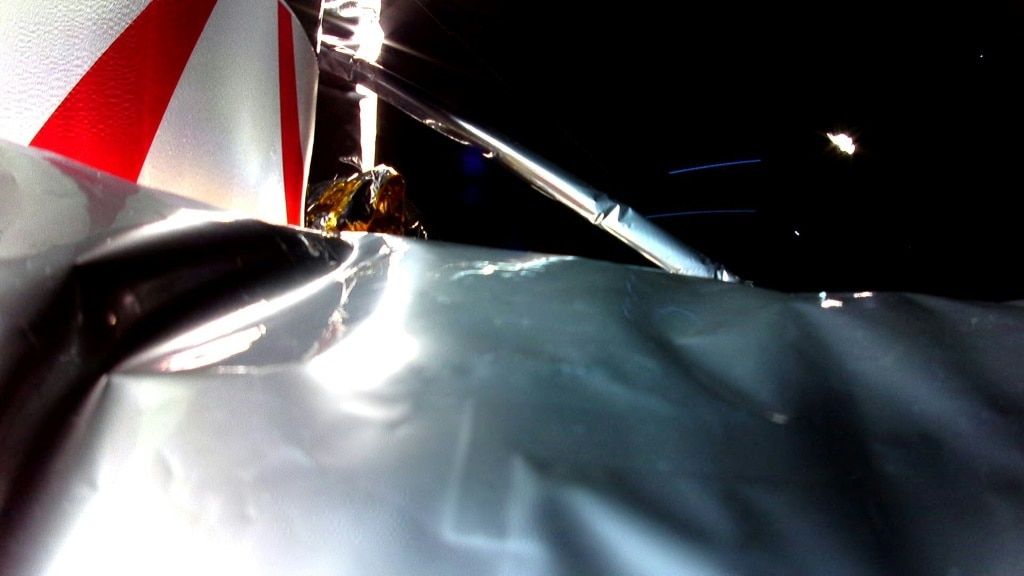Griffith Uni’s very own NASA astronaut
Sultan Saif AlNeyadi

QWeekend
Don't miss out on the headlines from QWeekend. Followed categories will be added to My News.
My childhood dream was to go to space and explore. I would say to aspiring astronauts, never stop learning. I would say you have to be hungry in terms of gaining information and keeping yourself up to date with technology.
So the moment you think that you know everything, I think that will be your dead end.
I really enjoyed doing my Master’s degree at Griffith University and I really enjoyed the culture as well on the Gold Coast.
I remember walking on the beaches where I saw a moving star, which I thought was really amazing. I was surprised how it was moving really fast and then faded away; after searching it online, it turned out to be the ISS (International Space Station).

When I moved to Australia with my little family to study at Griffith University I had just one child … I left Australia with three kids. It was amazing and it was an open-heart environment for families and students from overseas. The bond that we built with other students from multinational groups was amazing.
I picked up engineering and technology as a discipline for my career and going to space was something that always kind of haunted me throughout my academic life … it was just like a call to fulfil a childhood dream.
And when they told me that I was among the first two astronauts from the UAE to go for training for a mission (NASA-SpaceX Crew 6), it was in a way, a responsibility.

First of all, I called the family. I shared the good news and they couldn’t believe it; I could not believe it myself. I normally try to exercise to release any stress so I went for a long run.
There were 4000 applicants and I remember in the first days we were meeting with some of the applicants and most of them were really accomplished people, most of them were pilots. I’m an engineer by profession, so I really thought I might have little chance in this.
They looked at the candidates as a whole and, on top of the physical shape and the medical status, and the academic background, I was lucky enough to be selected in the first election.
The call for the first mission was in 2018.
We’d spent almost two years in Russia and more than two and a half years in the US at NASA. So it’s a long, long ride.

It requires a lot of travelling and a long time away from family. It requires a lot of learning new skills and information and physical readiness, and you cannot imagine how sophisticated some of the training is.
Coming from an engineering background I had no aviation background so I had to learn how to fly jets.
I had to learn how to do scuba diving and spend six hours underwater in the neutral buoyancy lab.
Some people consider flying a T-38 as challenging and they’re right, but to me, I think the hardest part of training is being away from family and home.
On arriving at the International Space Station (March, 2023) we had to adapt to microgravity and although it might sound fun floating going from one place to another and playing with floating objects, it is hard at the same time.
On this mission I conducted a space walk, which was a first for our region. I had taken some personal items with me on the mission including family photos, my wedding ring, Lego characters from my kids and I’d taken their favourite book that I’d read to them on board the station.





